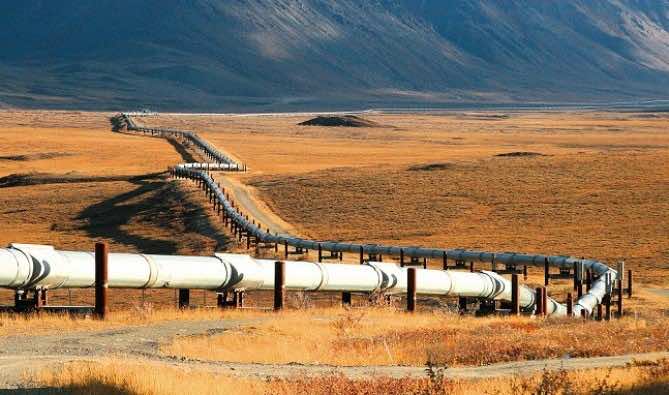
Africa needs to invest $9.3bn to expand oil infrastructure — report
With Africa’s aging mid- and downstream oil products supply infrastructure, the countries on the continent must invest a combined $9.3 billion to expand fuel-transportation infrastructure to avoid supply disruptions as demand grows, according to a new report by energy company Puma Energy and Africa energy consultancy CITAC.
The rapidly growing populations and urbanization trends, which has resulted in fragmented supply routes, bottlenecks and insufficient infrastructure capacity, have contributed to an over-reliance on trucks, congestion in cities and ports, and disrupted access to energy, says the White Paper titled ‘Fueling Africa’s Potential: Bridging the Gap in Energy Infrastructure’. With the soaring demand in sub-Saharan Africa for oil products, including gasoline, diesel, kerosene and Jet A1 fuel, this collectively results in increased costs for governments and citizens, and is impairing the region’s socioeconomic development potential. The demand for these oil products has increased by 12.9% between 2021-2022 to reach 91.3-million tonnes and is projected to remain strong, rising by 56%, between 2023 and 2040, to reach 142-million tonnes, according to CITAC’s forecasts.
To tackle the problem with the sparse network of fuel pipelines, “CITAC recommends governments pursue a regional approach to market regulation and policy. A regional approach facilitates better economies of scale, creating the potential for land-linked countries to coordinate volumes to be imported in harmony with neighboring transit countries,” the parties advise. CITAC also recommends the harmonization of specifications, which in turn improves security of supply for countries that can potentially source products from neighboring markets in the event of supply disruptions. In light of the rapidly growing urban population, the report also urges African governments to “start thinking of solutions to the problems associated with increasing congestion,” which includes higher rates of traffic accidents, productivity losses, higher pollution and disruption to the supply of goods.
